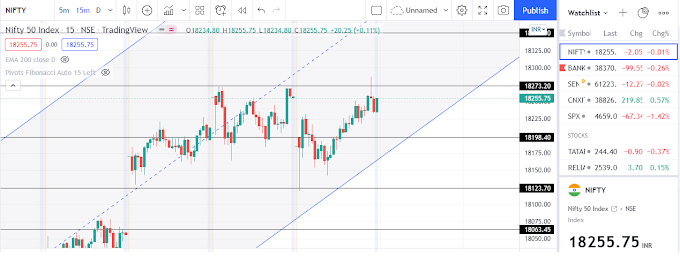Trendlines in Trading: Essential Guide to Understanding Market Direction
Introduction to Trendlines
Trendlines are one of the simplest and most effective tools in technical analysis. They show the general direction in which an asset is moving, giving traders a visual guide to identify trends. By connecting two or more significant price points, trendlines make it easier to spot upward, downward, or sideways movements in the market.
Why Trendlines Matter in Trading
Trendlines are like a trader’s compass, helping to understand market sentiment and the dominant trend. For example, in the Nifty 50 Index chart below:
- The blue line is the trendline.
- It connects key price lows (marked 1, 2, 3, and 4).
- The price respects this line multiple times, confirming an upward trend.
How to Draw Trendlines
To draw a trendline:
- Identify significant price points: Look for two or more major peaks (highs) or valleys (lows). In an upward trend, connect the valleys. In a downward trend, connect the peaks.
- Connect the points: Draw a straight line that links these key points.
- Extend the line: Project the trendline forward to anticipate potential price movements.
Example:
- In the chart, the trendline starts at Point 1, connects to Points 2 and 3, and extends through Point 4.
- Each time the price approaches the trendline, it bounces upward, reinforcing its validity as a support level.
Tips:
- A valid trendline should touch at least two or three price points.
- The more times the price respects the trendline, the stronger it is.
- Don’t force a trendline to fit; it should naturally align with the asset’s price action.
Explore more:
- Explore how support and resistance levels work in trading strategies here.
- To build a strong foundation, check out our 'A Complete Step-by-Step Guide to Investing for Beginners' for essential investment insights.
Conclusion
Trendlines are a simple yet powerful tool that can help traders navigate the complexities of financial markets. By identifying and respecting these lines, traders can make informed decisions and align their strategies with the prevailing trend. Mastering trendlines is a key step toward building confidence and improving trading outcomes.
Disclaimer
The information provided in this blog is for educational and informational purposes only and should not be construed as financial or investment advice. Trading and investing in financial markets involve risk and may not be suitable for all investors. Past performance is not indicative of future results. Always conduct your own research and consult with a licensed financial advisor before making any trading or investment decisions. The author and publisher of this blog are not responsible for any losses or damages resulting from the use of the information provided.







0 Comments